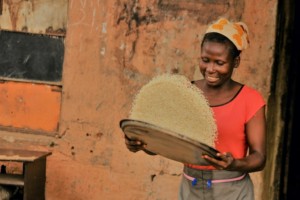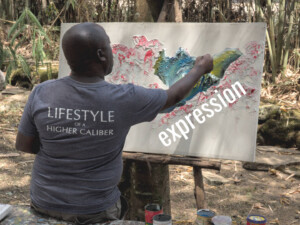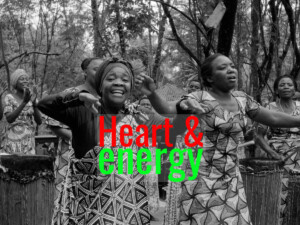Preserving Nigeria’s cultural heritage through authenticity in tourism, education, technology
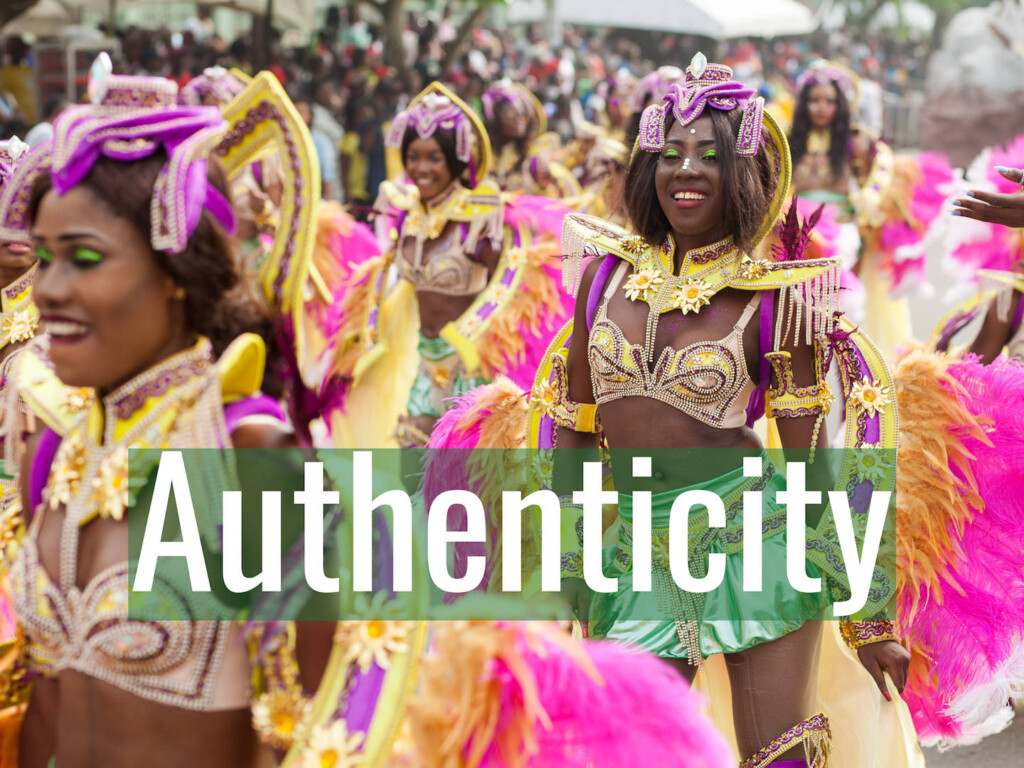
Today, ‘October First’, is Nigeria’s National Independence Day. To mark the occasion, UK-based Nigerian academic Shola Osinaike makes a case for connecting Nigeria’s cultural heritage to its promising future through authentic experiences in tourism, education, and technology.
Thanks to “Good Tourism” Insight Partner Tourism’s Horizon: Travel for the Millions for inviting Dr Osinaike to write this “Good Tourism” Insight. (You too can write a “GT” Insight.)
Contents
Nigeria: The ‘Giant of Africa’
Nigeria, the ‘Giant of Africa’, has a population of 225 million people across 250 ethnic groups, more than 500 languages, and a growing economy.
Nigeria’s rich cultural diversity is woven into a tapestry of traditions, folklore, music, dance, art, and cuisine. Preserving this vast cultural heritage is essential for maintaining identity and pride, educating future generations and attracting global interest through tourism.
The Federal Government of Nigeria in the 1940s established the National Commission for Museums and Monuments to oversee the acquisition, recording, preservation, and public display of the nation’s cultural assets for education, enlightenment, and entertainment. This commitment from the government shows the importance of cultural preservation.
Cultural heritage refers to arts, customs, festivals, sacred or worship sites, norms, values, ideologies, dress and dress patterns, traditional monuments and architectures, technology and technological sites, and other artefacts that are valued and preserved for their historical, political, educational, recreational, and religious importance.
These are conserved and passed down via oral traditions or in written form over generations. Education and experience play a pivotal role in promoting cultural heritage.
Storytelling, a cornerstone of Nigeria’s cultural heritage
Storytelling, a cornerstone of Nigerian culture for centuries, is a vital means of passing down history, values, lessons, and cultural norms from one generation to the next.
Traditional storytelling in Nigeria often takes place around a communal fire or in village squares, where elders share tales of ancestral heroes, myths, and moral lessons with younger community members. These stories, entertaining, captivating, and rich in wisdom, serve to instil a sense of identity and continuity, making us appreciate the power of this tradition in preserving our cultural heritage.
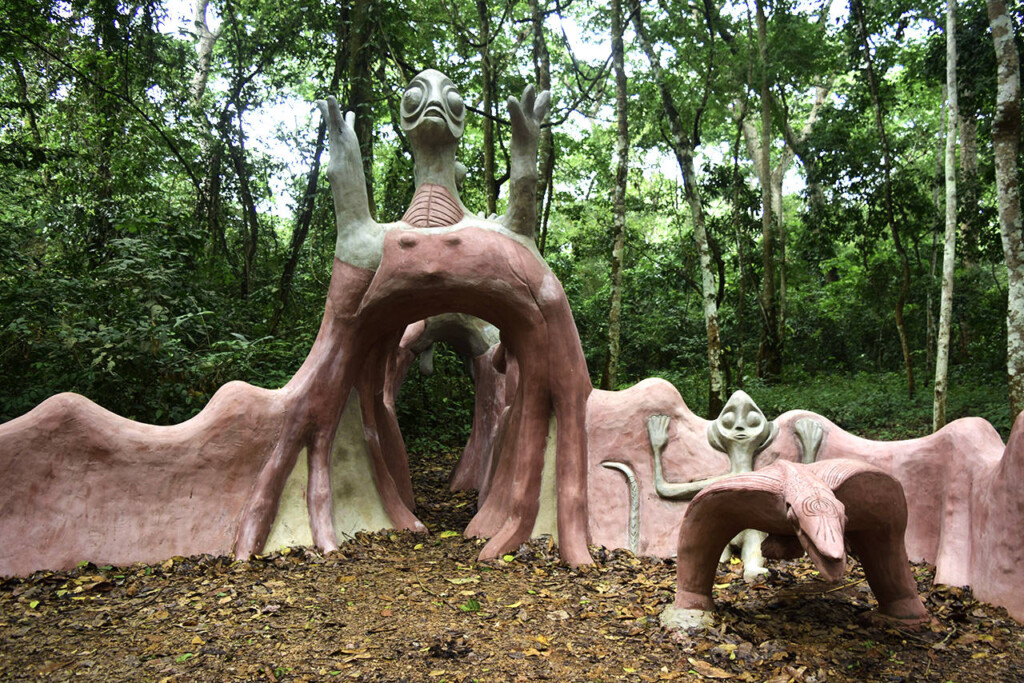
Nigeria’s folklore and oral traditions are as diverse as its people, each with unique charm and significance, such as:
- The Yoruba have their Ìtàn (mythical tales); adages, lullabies, poems, riddles, incantations, praise songs like oriki, and recitals of traditional religions;
- The Igbo cherish their Mmanwu (masquerade stories); traditional proverbs and stories/dances performed under moonlight (referred to as akukoifo/egwuonwa); and
- The Hausa celebrate Tatsuniya (folktales); narratives, rich in symbolism, often featuring animals, deities, and historical figures, reflecting the values and wisdom of each culture.
Preserving these stories in their authentic form is crucial in a rapidly modernising world where traditional ways of life are increasingly under threat.
Nigeria’s authentic cultural experiences
Nigeria’s cultural heritage lives on, whether through the beat of a drum, the swirl of a masquerade, or the whispered tales of ancient deities. Embracing and promoting authentic experiences ensure that the spirit of Nigeria’s past continues, providing a bridge to the future rooted in the rich soil of tradition.
Authentic cultural experiences play a crucial role in preserving Nigeria’s rich heritage by allowing locals and visitors to engage with communities’ traditions, practices, and daily life. This immersive approach brings cultural heritage to life and inspires locals and visitors to participate actively in its preservation.
Through storytelling festivals, such as the Ake Arts and Book Festival in Abeokuta and the Committee for Relevant Art (CORA) Book and Art Festival in Lagos, Nigerians celebrate their cultural heritage in all its forms — oral, written, and performance. They bring together authors, poets, musicians, and storytellers who share narratives that reflect Nigeria’s rich cultural diversity. Attendees can participate in workshops, listen to readings, and engage in discussions celebrating Nigerian literature and oral traditions.
Indigenous festivals also play an important role. To mention a few:
- Osun-Osogbo Sacred Grove hosted at a UNESCO World Heritage Site;
- Calabar Carnival, ‘Africa’s Biggest Street Party’;
- Argungu Fishing Festival; and
- Eyo Festival.
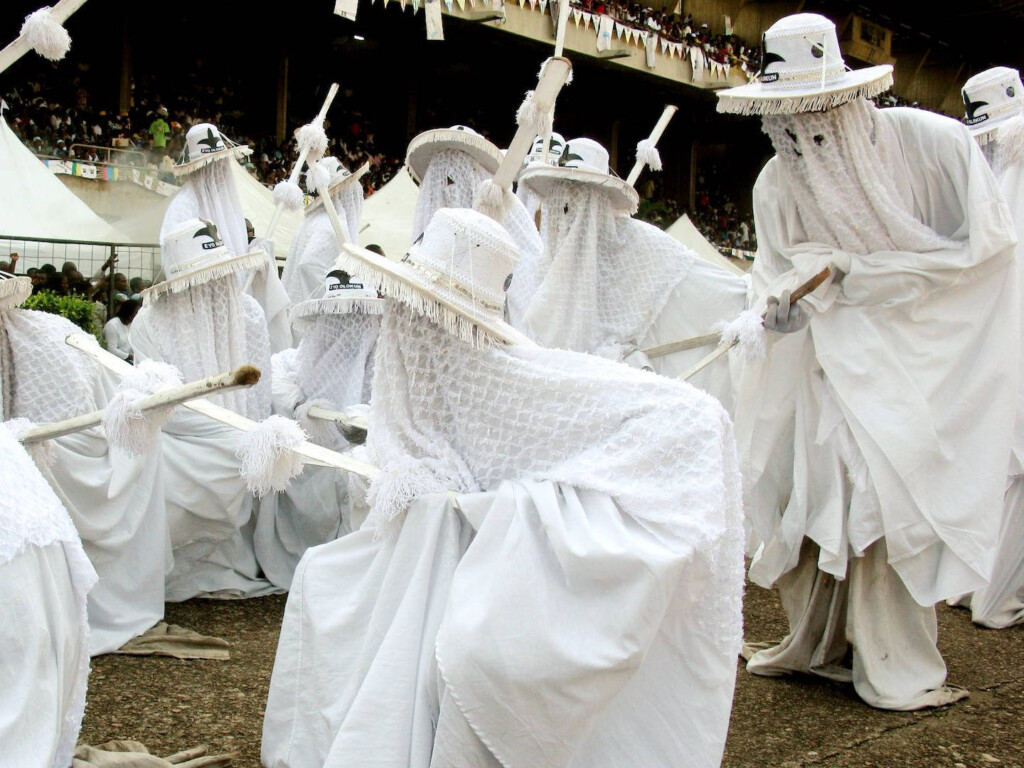
Local and regional festivals like these serve as vibrant examples of how traditional practices and storytelling are interwoven into the cultural fabric of Nigeria, fostering community pride and unity through entertaining activities.
Preserving Nigeria’s cultural heritage through storytelling and authentic experiences is not just about looking back at the past; it is about maintaining the identity and values of the present and ensuring their survival into a changing future. By engaging with traditional stories and immersive cultural experiences, locals and visitors can better appreciate Nigeria’s rich history and diverse communities.
Technology, a powerful ally
Technology is a useful and powerful ally in the process of preserving and appreciating Nigeria’s cultural heritage.
Digital platforms allow storytellers and cultural practitioners to reach a wider global audience. Anyone, anywhere, including prospective visitors and the Nigerian diaspora, can engage with tales, traditions, and folklore.
Virtual reality (VR) experiences and digital archives can bring ancient stories and traditions to life for younger, tech-savvy generations. VR, augmented reality (AR), and mixed reality (MR) may elicit a sensation of being present within a cultural heritage space and a participant in authentic traditional experiences.
Education is vital. But so is tourism.
As Nigeria continues to evolve, it is essential to safeguard its cultural treasures, ensuring that the stories, customs, and heritage of the nation remain vibrant and relevant for generations to come. Maintaining our history, whilst benefiting from modernity, will require considerable effort from all stakeholders.
By embracing education (traditional and digital storytelling), proper management, artistic expression and authentic cultural practices, we can safeguard our rich heritage for future generations. Let us celebrate and cherish the essence of Nigeria’s unique identity while adapting to the modern world.
Education is vital. But so is tourism — domestic, foreign, educational, cultural — and the role heritage sites and cultural attractions play in valuing our past, connecting it to our present.
Happy independence day, Nigeria, my great country!
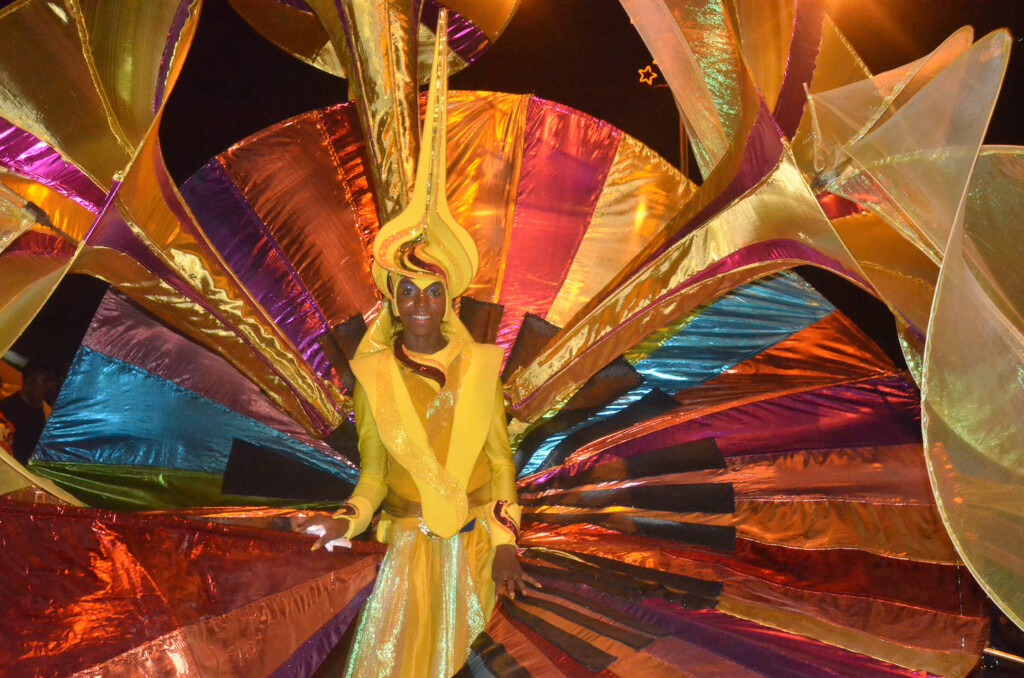
What do you think?
Share your own thoughts about Nigeria’s cultural heritage and tourism, or cultural heritage tourism where you are, in a comment below.
(SIGN IN or REGISTER first. After signing in you will need to refresh this page to see the comments section.)
Or write a “GT” Insight or “GT” Insight Bite of your own. The “Good Tourism” Blog welcomes diversity of opinion and perspective about travel & tourism, because travel & tourism is everyone’s business.
“GT” doesn’t judge. “GT” publishes. “GT” is where free thought travels.
If you think the tourism media landscape is better with “GT” in it, then please …
About the author

Shola Osinaike is a principal lecturer and the director of tourism, hospitality, and events at Canterbury Christ Church University, UK.
Dr Osinaike’s research interests include sustainable business practices, strategic organisational culture, and current issues in tourism and hospitality.
Featured image (top of post)
The Calabar Carnival is ‘Africa’s Biggest Street Party’, and part of Nigeria’s cultural heritage. Pic by Akintomiwaao, CC BY-SA 4.0 , via Wikimedia Commons. “GT” cropped it and added the word “Authenticity”.


